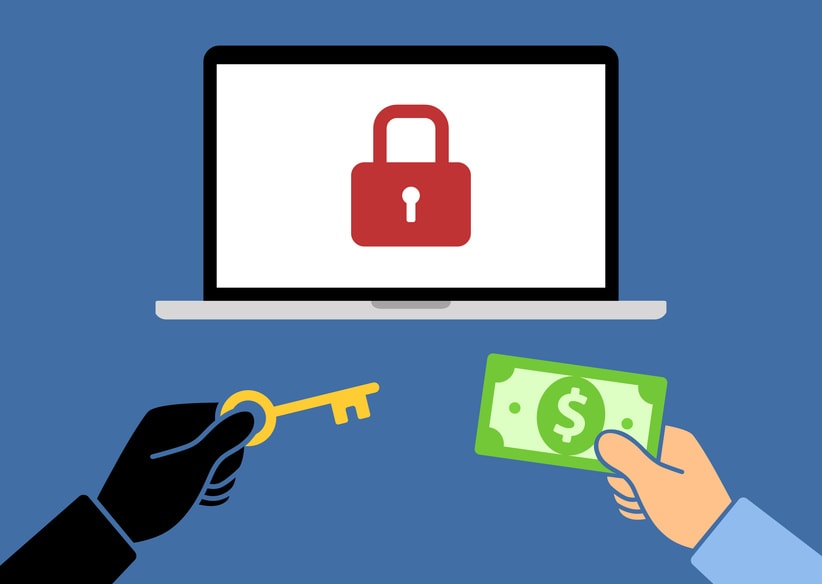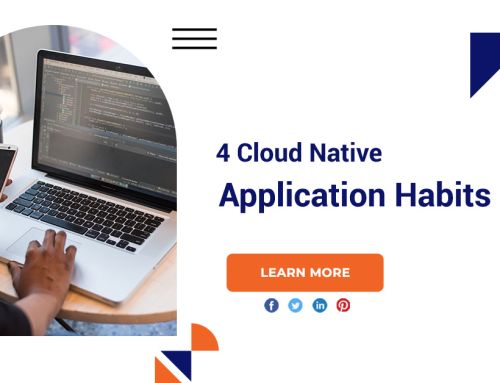5 Threats To Development Environment To Tackle In A Cybersecurity Plan
Technology is advancing at an unprecedented pace, businesses and organizations are heavily reliant on their development environments to innovate and stay competitive. However, with great opportunities come great risks, especially in the realm of cybersecurity. Protecting your development environment is crucial to safeguarding sensitive data, maintaining customer trust, and ensuring uninterrupted business operations.
Cybersecurity plan
Malware and ransomware attacks
Cybercriminals deploy malicious software to gain unauthorized access, compromise sensitive data, and disrupt operations. Ransomware, in particular, encrypts critical files, holding them hostage until a ransom is paid. To counter these threats, implementing a cybersecurity plan that includes regular malware scans, up-to-date antivirus software, and employee training to recognize phishing attempts is essential. Regular backups of critical data are also crucial to restore operations in case of an attack.

Third-party integrations and insecure APIs
Development environments often rely on APIs and third-party integrations to enhance functionality and efficiency. Cybercriminals may exploit weak authentication mechanisms or insecure connections to gain unauthorized access to sensitive data. To mitigate this threat, organizations should conduct thorough security assessments of all APIs and integrations, ensuring encryption, proper authentication, and regular security updates.
Phishing attacks
Cybercriminals use deceptive emails, messages, or websites to trick employees into revealing sensitive information such as login credentials or financial data. These attacks can lead to unauthorized access and data breaches. Educating employees about the signs of phishing attempts and employing email filtering solutions can significantly reduce the risk.

Insider threats
Insider threats, whether intentional or unintentional, pose a significant risk to development environments. A comprehensive cybersecurity plan should include strict access controls, regular access reviews, and employee awareness programs to minimize the risk of insider threats. Monitoring user activities and implementing behavior analytics can help identify suspicious behavior early, preventing potential security incidents.
Distributed denial of service attacks
DDoS attacks involve overwhelming a target server or network with a flood of traffic, rendering it unavailable to users. Development environments are not immune to these attacks, which can lead to downtime, loss of revenue, and damage to reputation. To defend against DDoS attacks, organizations can employ dedicated DDoS mitigation services that detect and mitigate malicious traffic in real-time.
Conclusion
By understanding these threats and incorporating them into a well-rounded cybersecurity plan, organizations can safeguard their development environments effectively. Regular training, robust access controls, encryption, and continuous monitoring are essential components of such a plan.








Leave A Comment
You must be logged in to post a comment.